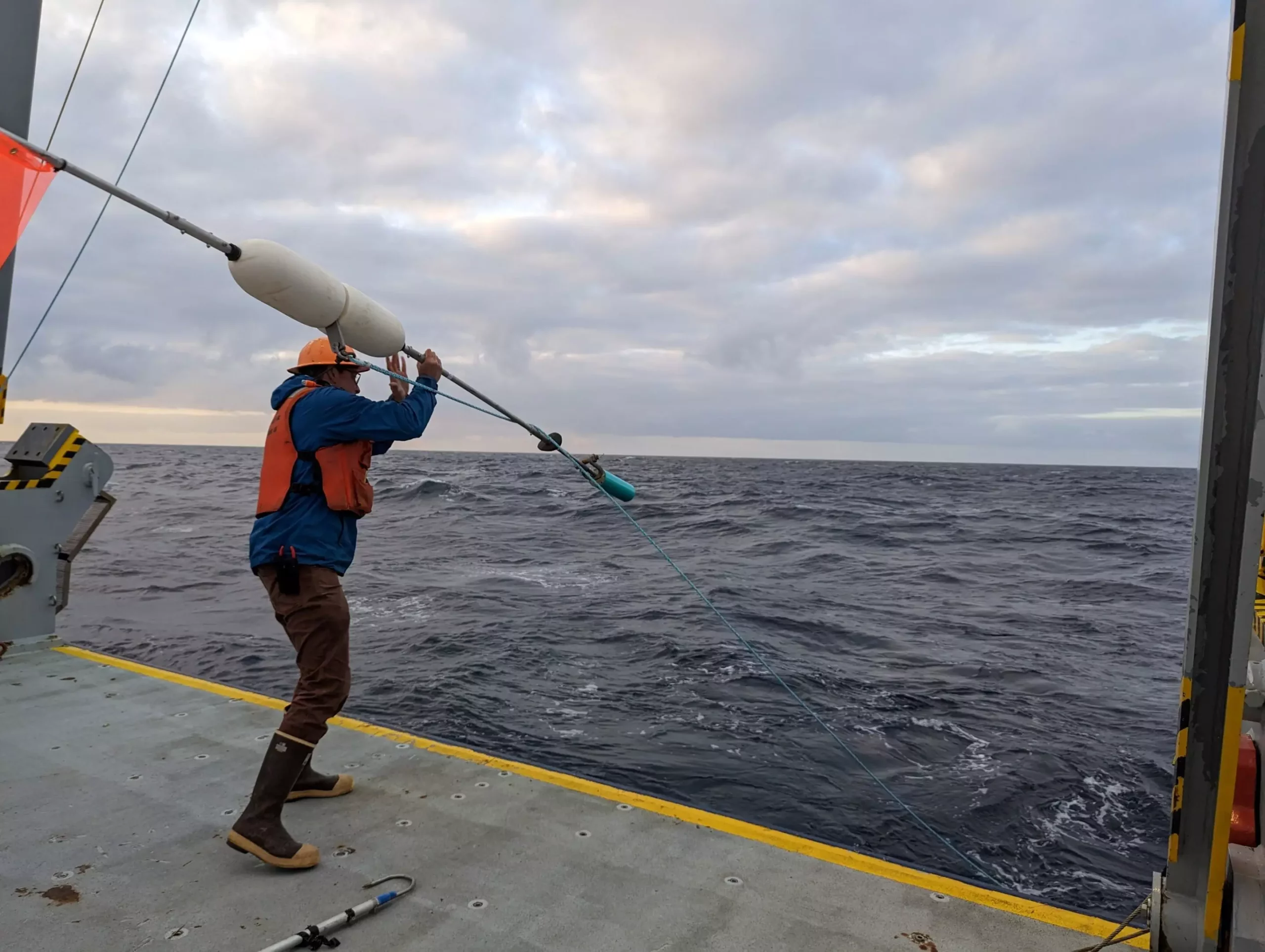The ocean is a complex and dynamic system, critical to the regulation of global carbon levels. One of the key processes contributing to this regulation is the movement of carbon dioxide (CO2) from the ocean surface to its depths, where it can be sequestered for extended periods. Recent research has revealed that this transfer is significantly influenced by microorganisms, particularly bacteria that consume specific organic compounds, primarily lipids. This article dives into recent findings published in *Science*, which highlight the intricate relationships between microbial dietary preferences and the biological carbon pump.
Understanding the Biological Carbon Pump
The biological carbon pump is a vital mechanism through which carbon from the atmosphere is channeled into the deep ocean. It operates through the sinking of biomass, particularly particulate organic matter, which may include 5% to 30% lipids, carbon-rich compounds used by bacteria for various cellular functions. The decomposition of this organic matter occurs as it descends into the ocean’s depths, particularly within the mesopelagic zone that extends between 200 to 1,000 meters. The efficiency of this decomposition process is crucial for understanding how much carbon remains sequestered versus that which re-enters the atmosphere.
The study conducted by scientists at the Woods Hole Oceanographic Institution and other institutions emphasizes that not all bacteria engage with lipids in the same way. Certain bacteria exhibit selective dietary preferences, while others are more opportunistic, affecting the degradation rates of lipids. This dietary behavior is pivotal not just for the organisms themselves but also for marine ecosystems and carbon sequestration.
The research indicates that microbial interactions significantly influence lipid degradation processes. By utilizing state-of-the-art chemical techniques and microscale imaging, the authors uncovered varied preferences among different bacterial species when it came to consuming lipids. This revelation suggests a complex food web where bacteria might not only compete for resources but also assist each other in optimizing lipid breakdown.
In practical terms, the findings lead to the potential for identifying geographical zones within the ocean where lipids accumulate and degrade more efficiently, thereby enhancing natural carbon sequestration. Regions exhibiting high efficiency in lipid degradation could be targeted for conservation, potentially playing a critical role in mitigating climate change.
Furthermore, the study presents the idea that complex communities of bacteria are more effective at degrading organic matter than isolated species. The authors found that mixed cultures displayed distinct degradation rates compared to monocultures, indicating that interactions among species can enhance the overall efficiency of organic matter breakdown.
Variability in Lipid Composition and Its Consequences
It’s becoming increasingly clear that lipid profiles in the ocean can differ dramatically based on several factors, including proximity to the coast, the nature of the water column, and seasonal variations. These variations can dictate not only the types of microorganisms present but also their efficiency in digesting organic material. Understanding this variability is critical for researchers aiming to model and predict carbon fluxes in a changing ocean climate.
As co-author Benjamin Van Mooy noted, recognizing the specialization of bacteria—akin to dietary preferences observed in higher organisms—may alter how we comprehend microbial functions within marine environments. Just as human diets can affect health and metabolism, so too do the dietary preferences of bacteria influence their ecological roles.
The intersection of advanced technologies in marine microbiology promises exciting developments in our understanding of ocean systems. The co-authors believe that integrating high-end chemical analysis with microbial community studies can yield significant insights into microbial behavior, potentially impacting future oceanic studies.
As the world faces challenges related to global warming and carbon management, understanding the nuances of microbial interactions and dietary preferences will be essential. By unlocking these mysteries, researchers can harness this knowledge to enhance the ecological services provided by oceans, particularly in terms of carbon sequestration.
The links between bacterial dietary preferences and carbon sequestration illustrate a fascinating aspect of ocean biology that significantly influences the global carbon cycle. The findings shed light on the often-overlooked role of microorganisms in climate regulation, fostering an appreciation for the minute yet impactful life forms that characterize our oceans. In efforts to combat climate change, it will be crucial to continue researching these interactions, as they may offer promising avenues for enhancing natural carbon sinks and better understanding our planet’s intricate biological networks.

